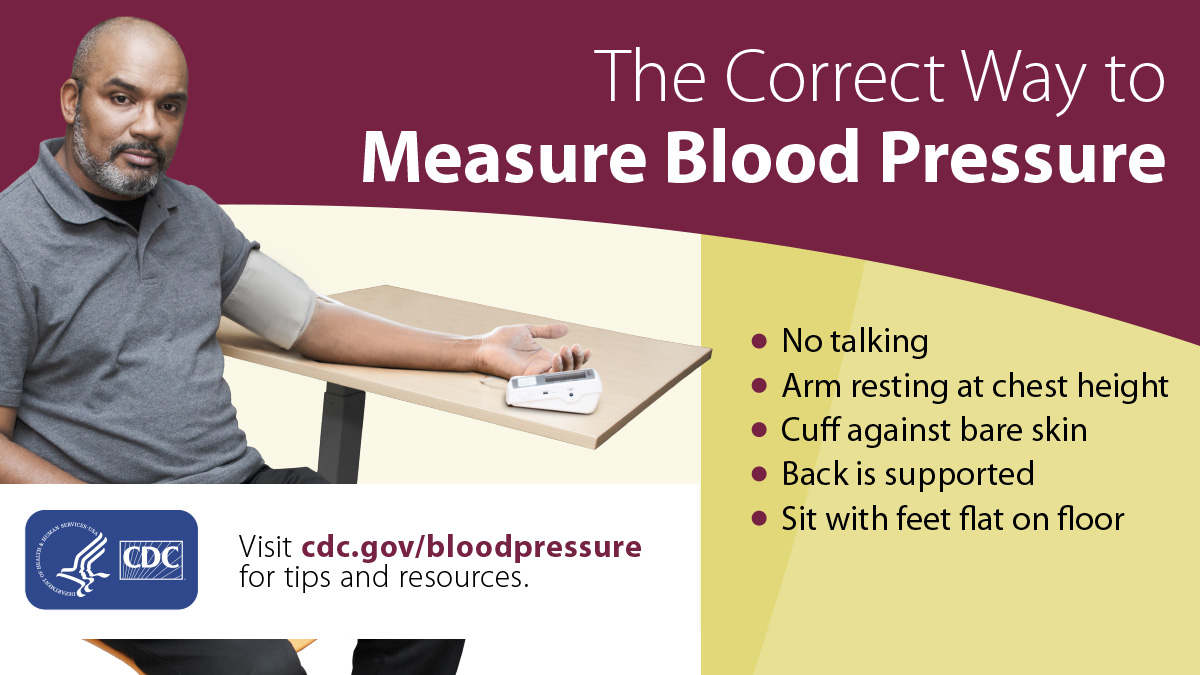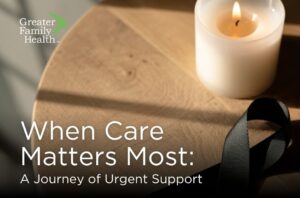
Did you know that heart disease is the leading cause of death for both men and women in the United States? According to the Centers for Disease Control and Prevention (CDC), high blood pressure is the leading cause of heart disease. High blood pressure is more common than you may think and affects nearly half of all U.S. adults.
Only 1 in 4 people with high blood pressure have it under control, leaving those with uncontrolled high blood pressure at higher risk for other health complications such as heart failure, stroke, vision loss, and heart attack.
It is important to attend regular visits with your healthcare provider to help you manage your high BP. Methods to control high BP can include making changes to your diet, engage in regular physical activity, stop smoking, and taking medications as prescribed. Here at Greater Family Health our providers are dedicated to helping you find a plan to manage your high blood pressure that works for you!
Your healthcare provider may ask you to keep a log of home BP readings to bring with to your next appointment. It is important that home BP readings are taken accurately. Here are some tips from the American Heart Association for taking at home BP readings:
Plan ahead.
Don’t smoke, drink caffeinated beverages or exercise within 30 minutes before taking your blood pressure. Empty your bladder.
Don’t take the measurement over clothes.
Remove the clothing over the arm that will be used to measure blood pressure.
Be still.
Allow at least five minutes of quiet rest before measurements. Don’t talk or use the phone.
Sit correctly.
Sit with your back straight and supported (on a dining chair, rather than a sofa). Your feet should be flat on the floor. Do not cross your legs. Support your arm on a flat surface. The middle of the cuff should be placed on the upper arm at heart level. Check your monitor’s instructions for an illustration or have your health care professional show you how.
Measure at the same time every day.
Take the readings at the same time each day. Talk with your health care professional about how often to take your blood pressure.
Take multiple readings and record the results.
Each time you measure, take two readings one minute apart.




